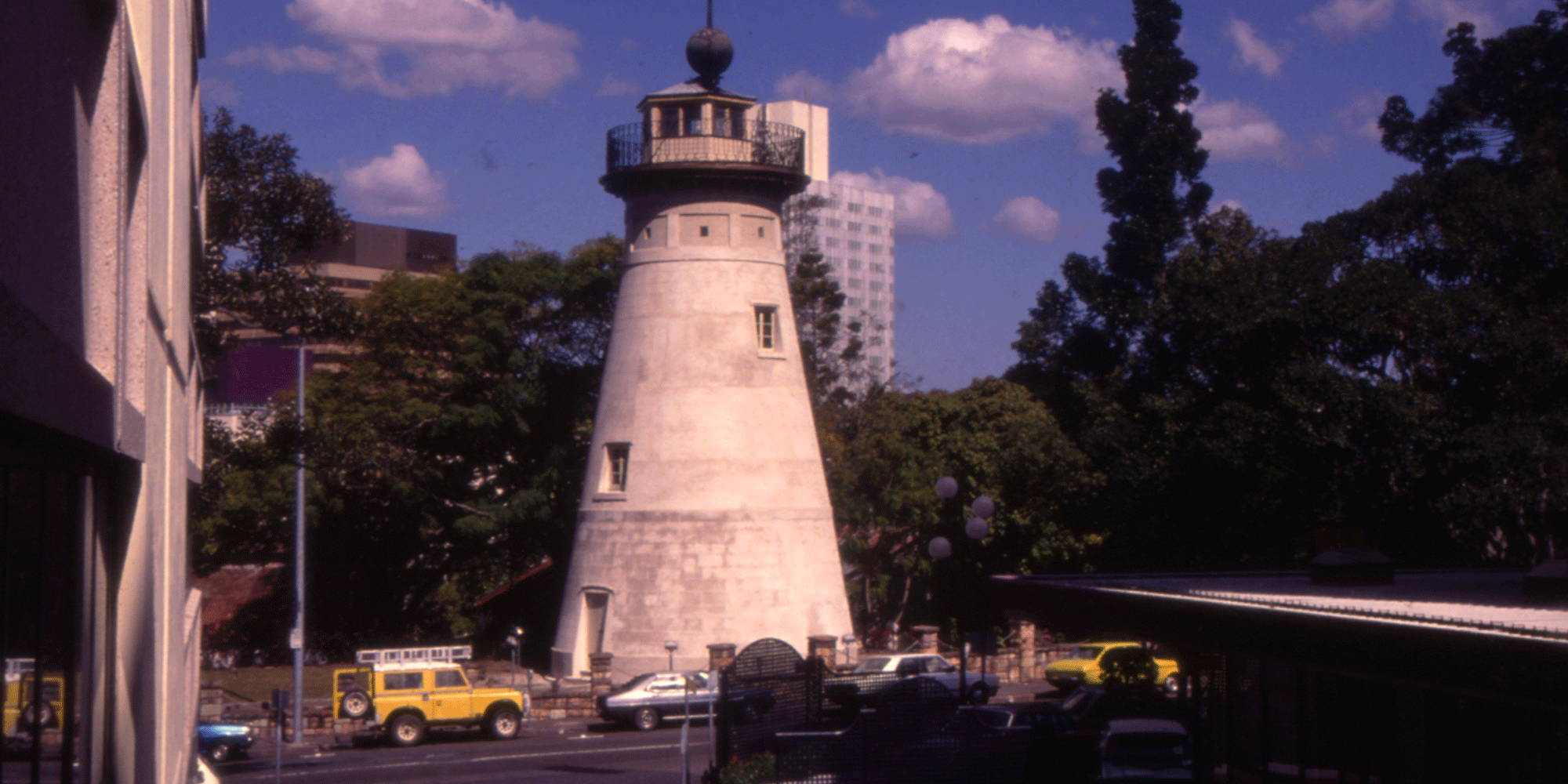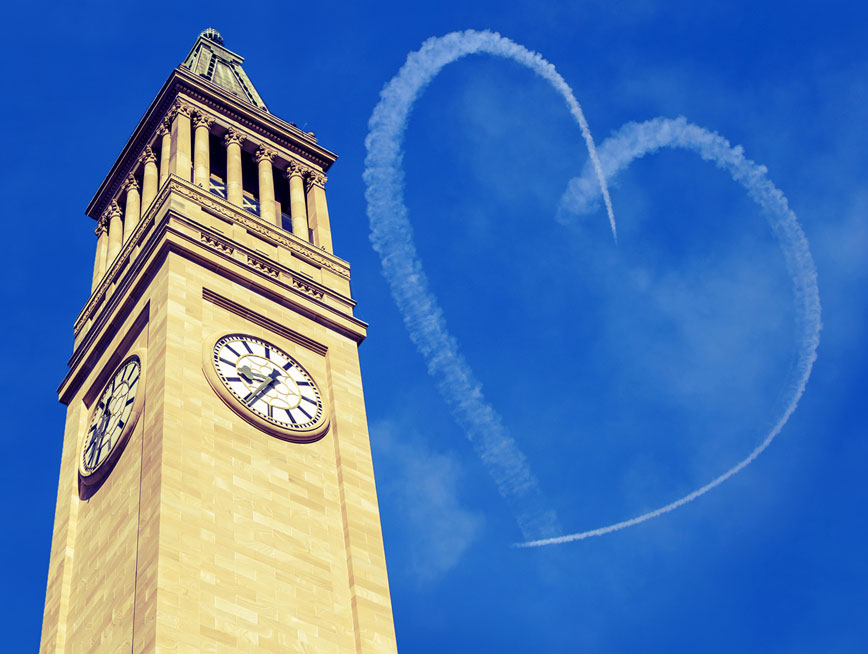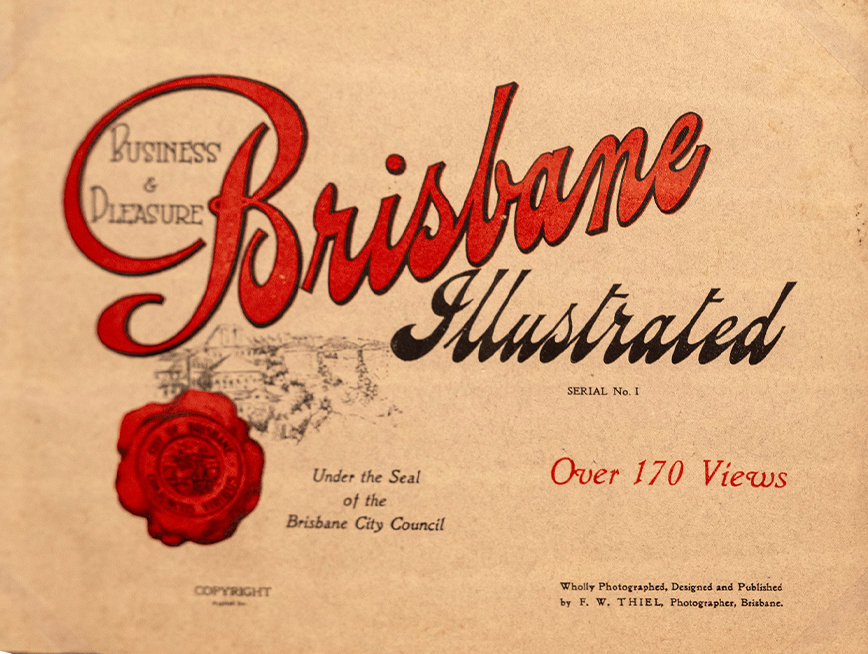It is an iconic fixture that adorns our skyline and attracts thousands of tourists every year. But did you know that The Windmill at the top of Wickham Terrace has a strange and cruel past from Brisbane’s convict history?
Built in 1828, The Windmill was commissioned to grind local crops of corn and wheat to feed an increasingly self-sufficient penal colony. However, despite its prime hilltop location, the structure was poorly positioned and failed to catch the breeze, thus making its primary function entirely redundant.
To compensate for its lack of wind power, the authorities engineered a solution to ensure productivity by employing a different kind of natural resource: convicts.
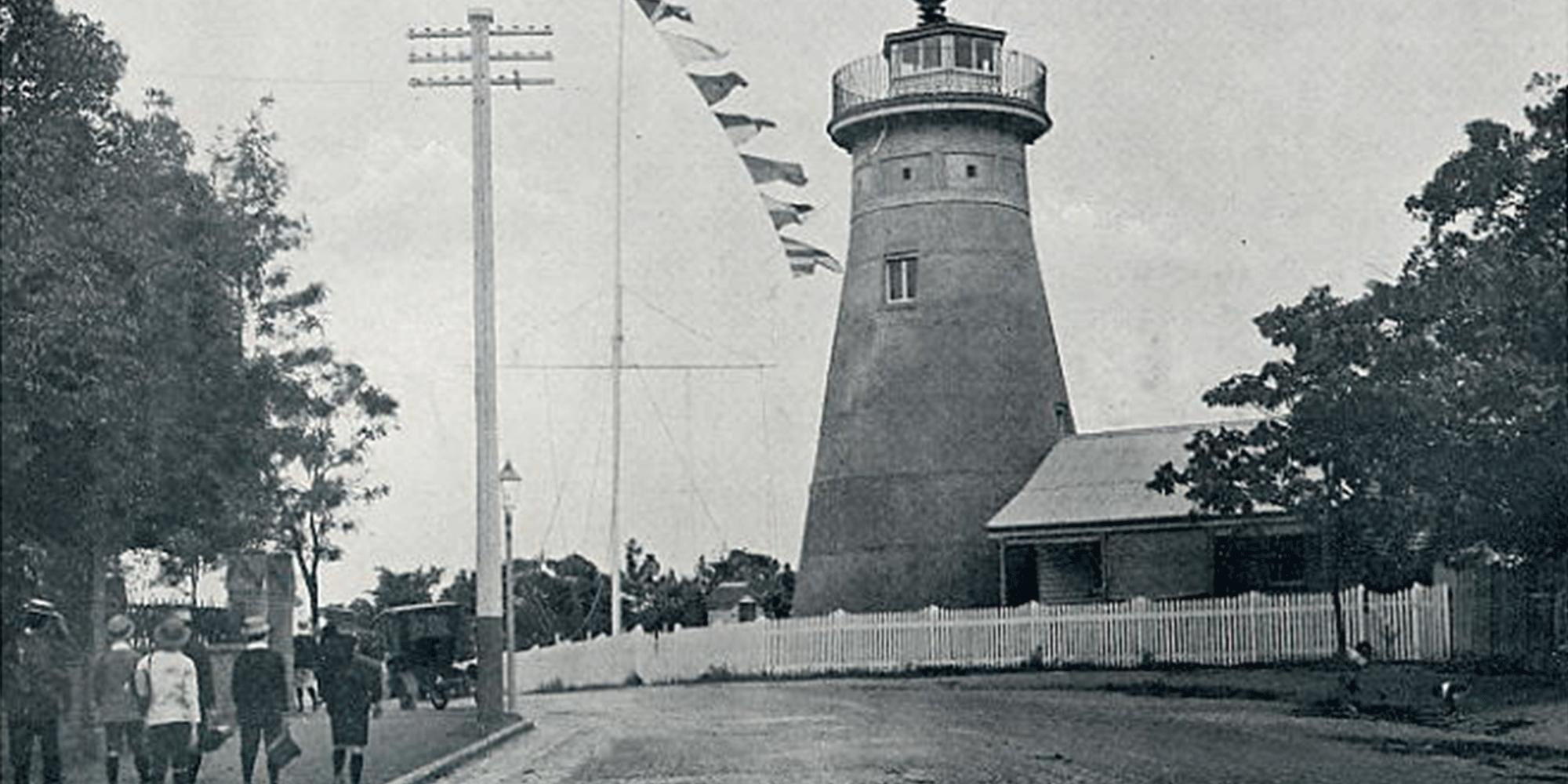
As many as 25 convicts worked on a manually powered treadmill for up to 14 hours at a time, clutching an overhead rail while continuously treading steps. This process was made even more difficult by the leg irons worn by the convicts, weighing down their every step.
The Windmill was also the scene of a particularly vicious public execution of two local Indigenous men, Mullan and Ningavil, in 1841. Mullan and Ningavil were hanged from The Windmill for the murder of William Tucker and Granville Stapleton, who had entered sacred Aboriginal land without permission.
After a trial in Sydney, Mullan and Ningavil were returned to Brisbane for what became Queensland’s first public execution and first hanging. The two were hanged to death on this site in a painful manner. Soldiers surrounded the execution to avoid any interference.
The choice of The Windmill was deliberate. The closest and largest Aboriginal camp was on the site of today’s Wickham Terrace and Wickham Park. The execution was meant to dissuade the Aboriginal population from further aggression, thus perpetuating The Windmill’s cruel reputation as a tower of torture and colonial punishment.
By October 1849, both the treadmill and the gallows of The Windmill had been removed from the structure, and the building began to be used for a range of other purposes, from an Observatory tower and signal station, to the first home of the Queensland Museum, to the tourist attraction it is today.
Despite almost being dismantled and sold in a private auction, The Windmill was declared the best fixed point for land measurement in the district by the Moreton Bay Courier, who argued against it being pulled down.
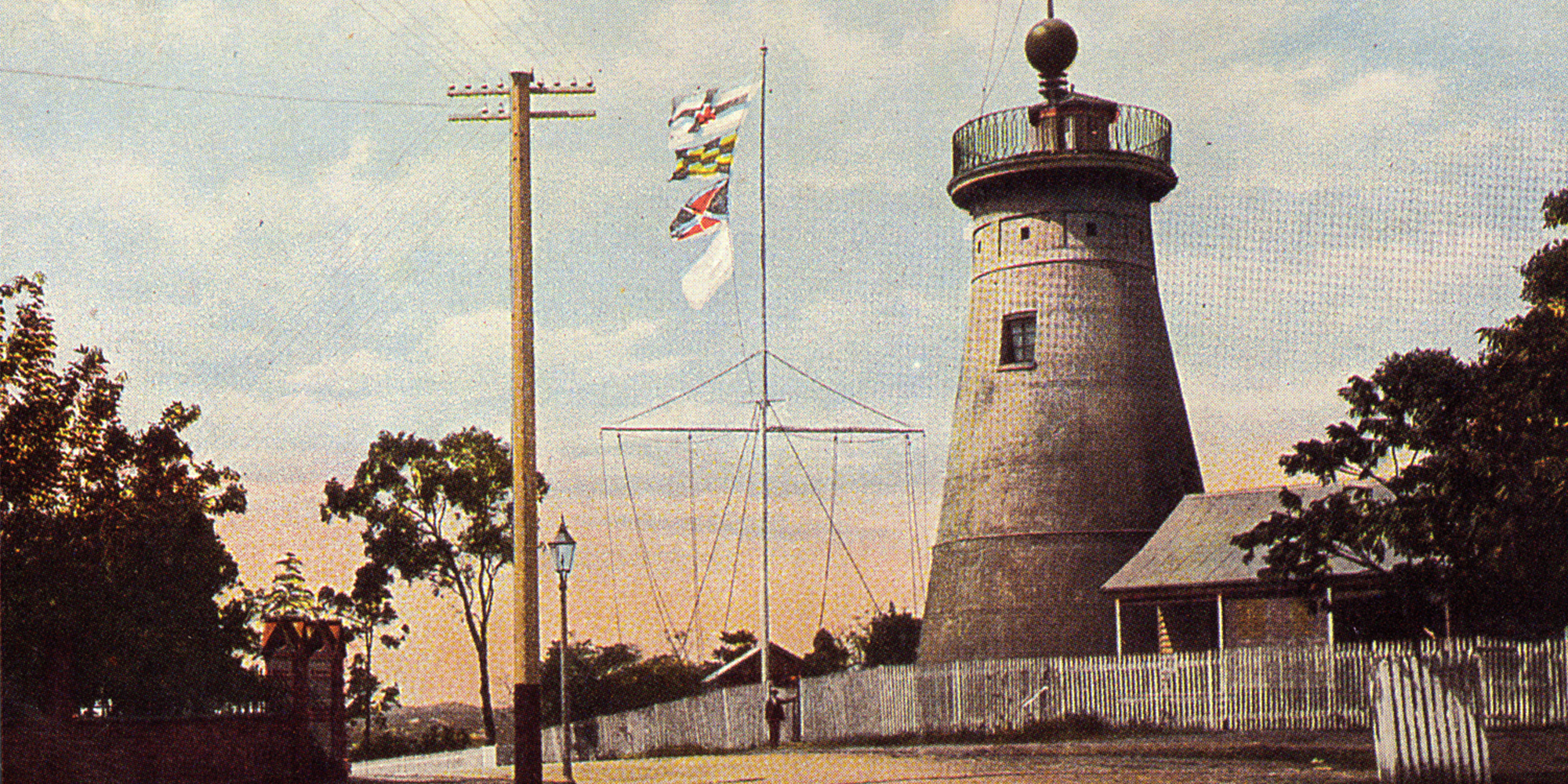
In 1855 The Windmill tower was operating as a signal station, which involved significant renovations to the interior of the structure to ensure effective communication with ships entering the Brisbane river. The floor installed at the top of the tower gave The Windmill a double purpose as an observatory point, which caught on with locals at the time who dubbed it The Observatory.
A few years later, the newly founded Queensland Museum took up residence at the top of the tower. The Queensland Museum occupied this space for the next six years, until 1868. Over 40 years later, the Queensland Institute of Radio Engineers began to conduct research on wireless radio technology in the tower. A wireless radio station was installed in 1926, alongside equipment installed in 1924 used to conduct research into the new phenomenon of television.
This research proved fruitful when, in 1934, a demonstration in The Windmill was declared Queensland’s first television broadcast. This moment was of great historical significance at the time.
In the years that followed, many recognised the historical significance of The Windmill, prompting renovations and restorations to ensure its long-term survival. Today, The Windmill is on the Queensland Heritage Register and, despite its grim and dark past, has become a popular landmark amongst tourists and Brisbane locals.
Visit our online exhibition, The View From Here, to discover a rare photo of The Windmill taken by Alfred Elliott in the 1800s, when it was known as The Observatory.
